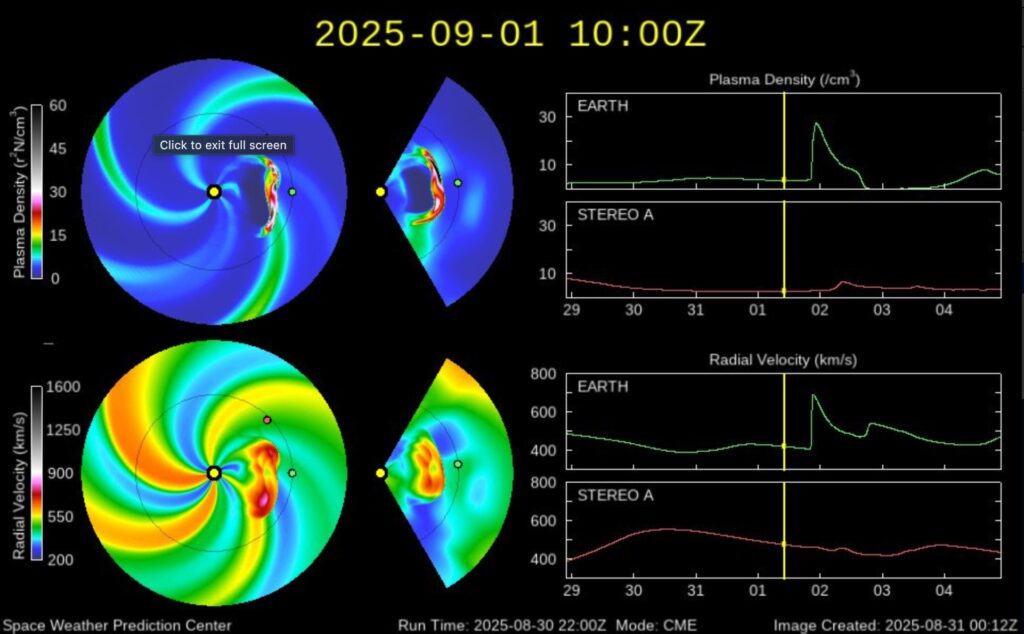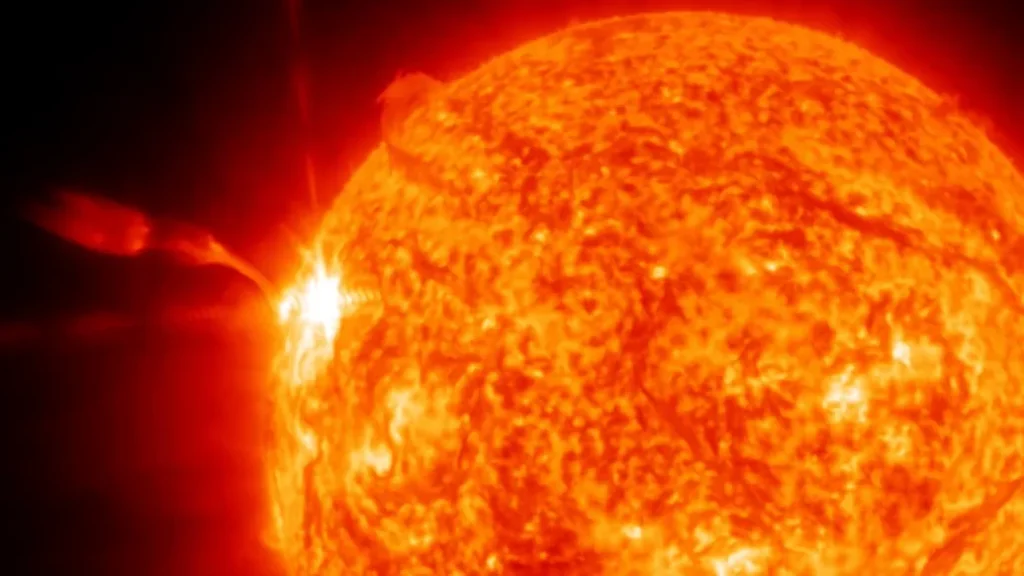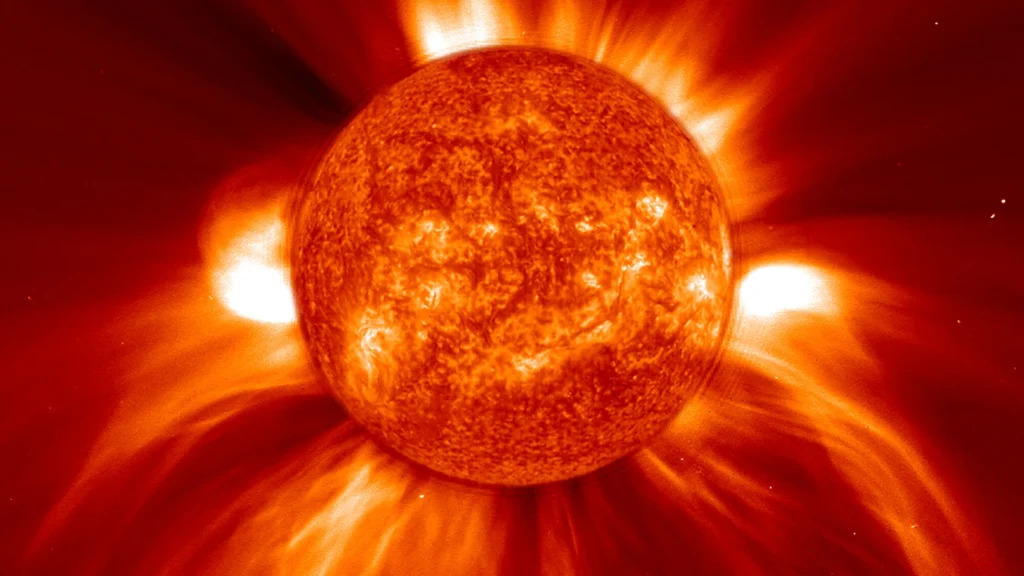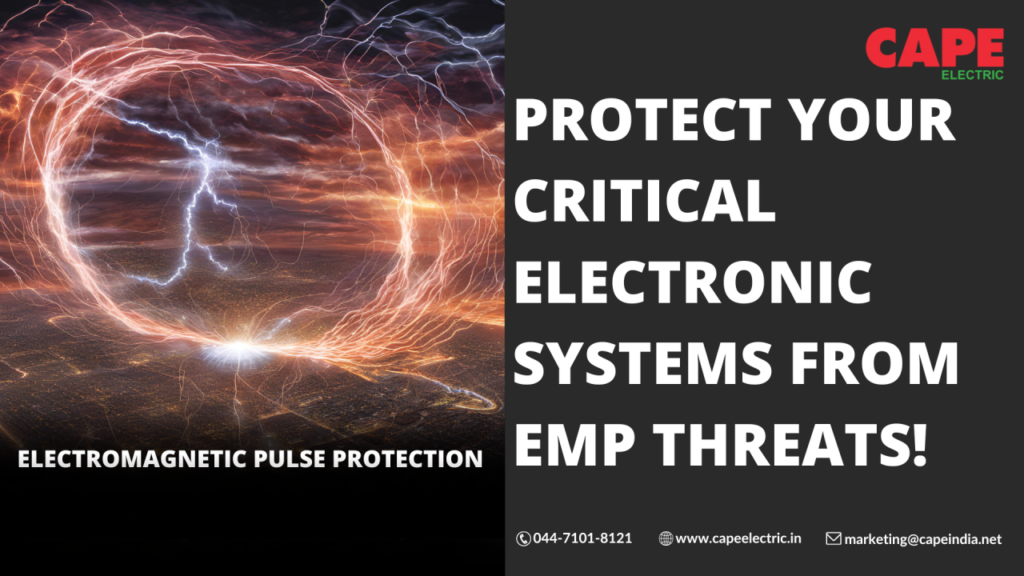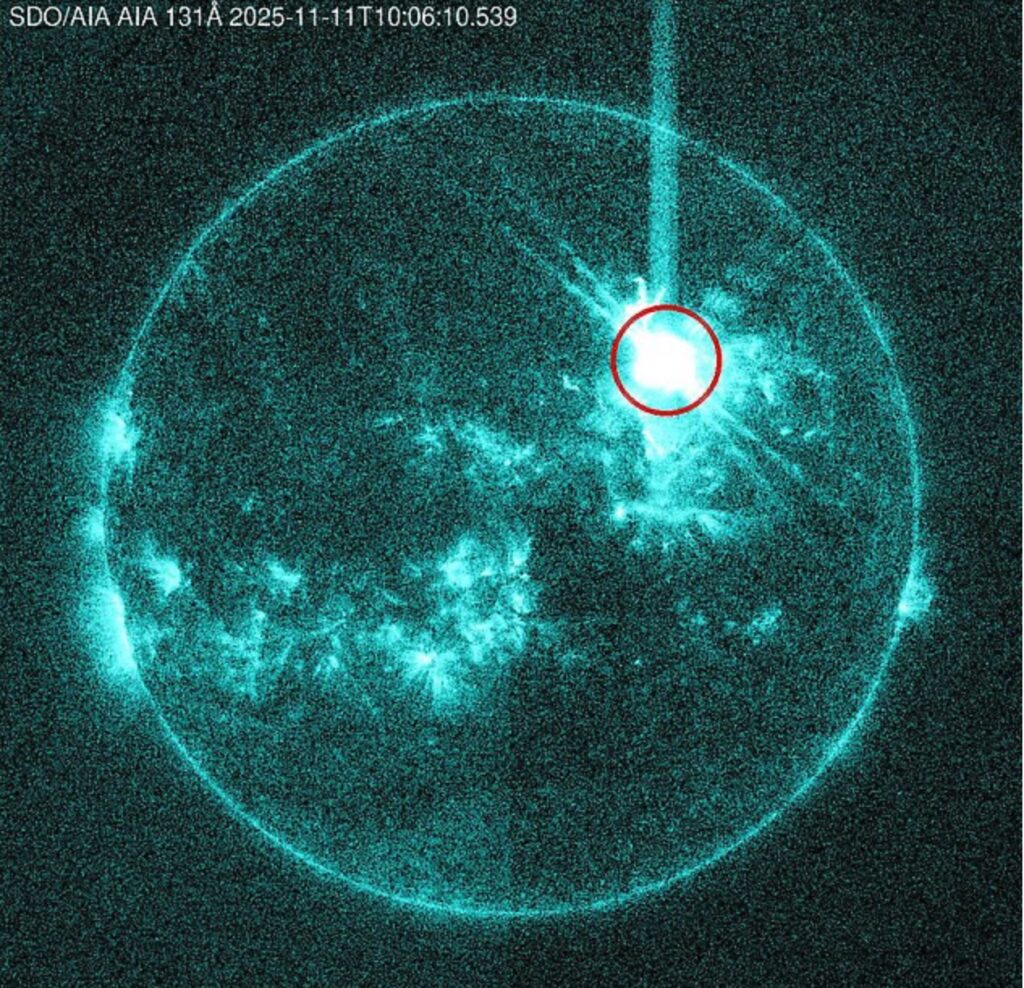
General summary.
The Sun has spent the past week in a lively mood, and over the last 24 hours it delivered a spectacular double act. On 11 November 2025, a giant sunspot group—Active Region 4274—released a massive X5.1 solar flare at 10:04 UTC, among the most energetic explosions of the current solar cycle. Just a day earlier, on 10 November, the same region had fired another X1.2 flare, sending a cloud of charged particles—the so-called coronal mass ejection (CME)—racing toward Earth. Today’s new blast has launched a second, even faster CME that is expected to catch up and merge with the previous one as both travel through space. When two CMEs combine, their magnetic fields can intensify, raising the chance of strong geomagnetic storms once they reach Earth’s magnetic field. According to NOAA forecasters, the merged shock front could arrive late on 12 November, potentially sparking bright auroras visible far beyond polar latitudes and briefly affecting satellite operations, radio links, and power systems at high latitudes.
Throughout the week, the same restless sunspot has been the source of multiple smaller flares, building up magnetic tension on the solar surface. The Sun’s activity is part of its natural 11-year cycle, but this sequence of powerful eruptions stands out for their timing and alignment. Experts emphasize that while such storms are not dangerous for people on the ground, they can have significant effects on technology in space and on long-range communications.
Extended technical summary (UTC times)
• Major flares (GOES X-ray): X5.1 at 10:04 UTC, 11 Nov (R3 radio blackout); X1.2 at 09:19 UTC, 10 Nov; X1.7 at 07:35 UTC, 9 Nov.
• CMEs: The 10 Nov flare produced a full-halo, Earth-directed CME (~1,300 km/s). The 11 Nov event launched another fast CME that models (NOAA WSA-ENLIL) predict will overtake and merge with the earlier one en route to Earth. Arrival is expected late 11 Nov–early 12 Nov, likely enhancing geomagnetic impact.
• Solar-wind conditions at L1 (past 24 h): speed 410–590 km/s, density 1–6 cm⁻³, IMF Bt 0.4–8.7 nT, Bz fluctuating −4.6 to +6.4 nT. No shock passage yet as of this report.
• Geomagnetic response: Weekly maximum Kp = 6 (G2 Moderate); Dst minimum = −138 nT (6 Nov). NOAA currently maintains a G4 (Severe) watch for 12 Nov and G3 (Strong) for 13 Nov.
• Aurora: Strong displays on 5–6 Nov across North America and northern Europe; broader visibility expected 12–13 Nov if merged CMEs arrive as forecast.
• Active regions / sunspots: AR 4274 classified βγδ, area ≈920 MSH, position N24W24 on 10 Nov; it remains the dominant source of activity.
• Solar radio flux (F10.7 cm): 168 sfu (observed), 164.7 sfu (adjusted) at 20:00 UTC 11 Nov. Weekly EISN ≈ 145 (6–11 Nov).
Primary sources
NOAA SWPC (GOES X-ray, Kp, WSA-ENLIL); NASA SDO/AIA-HMI & SOHO/LASCO; SIDC/SILSO; GFZ Potsdam; WDC Kyoto; DRAO Penticton.
All figures verified against the cited primary sources and expressed in UTC.

